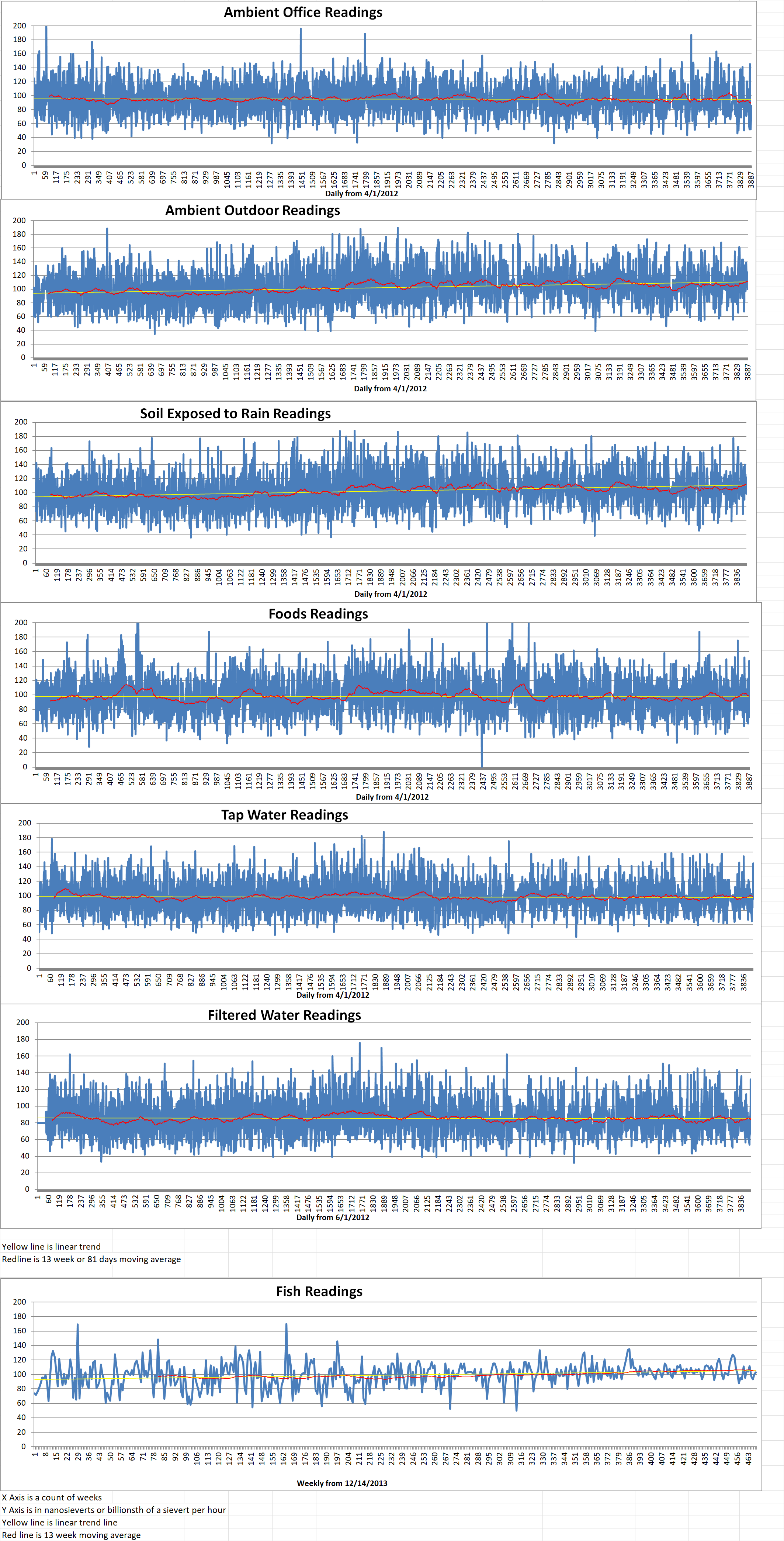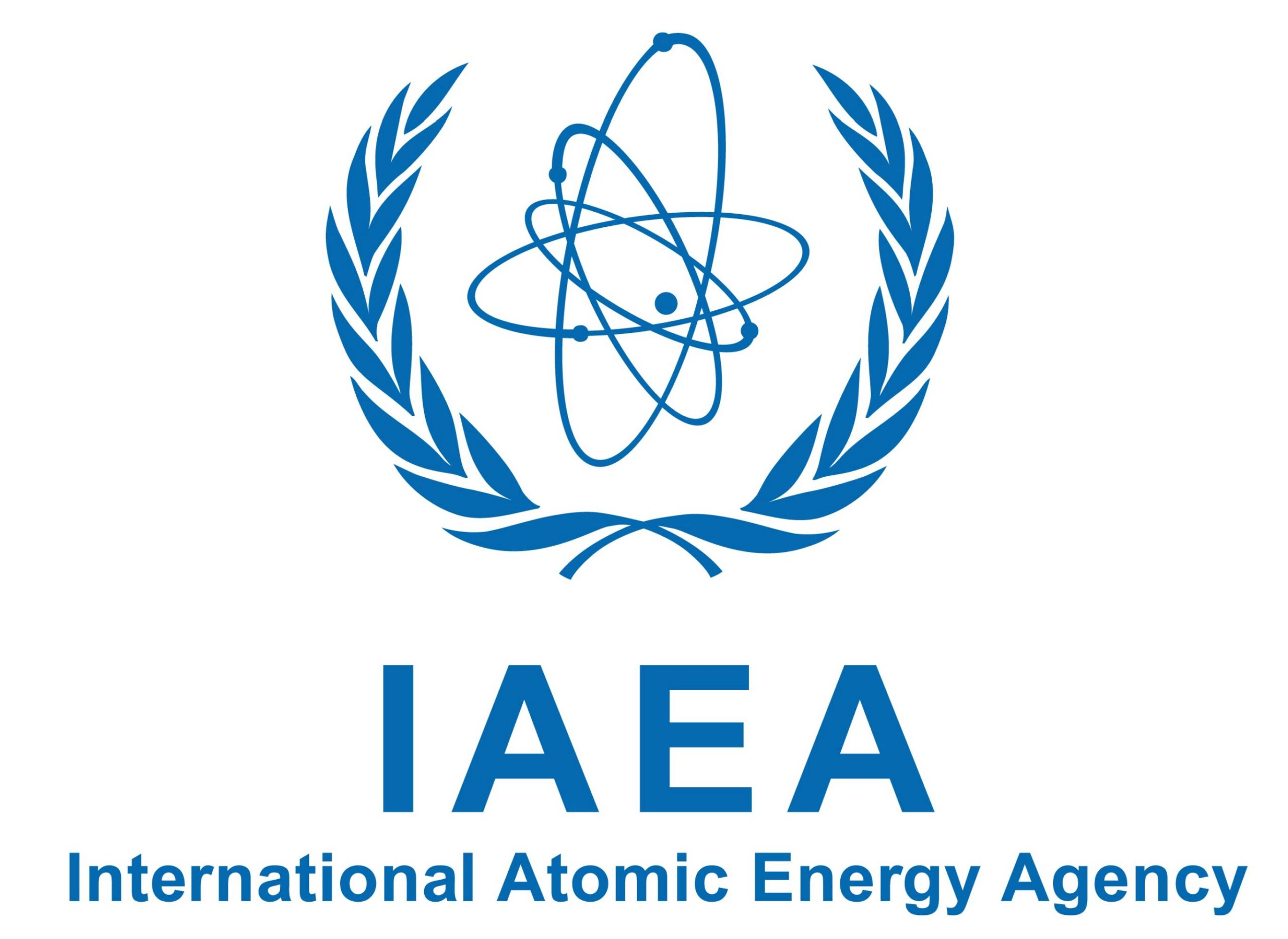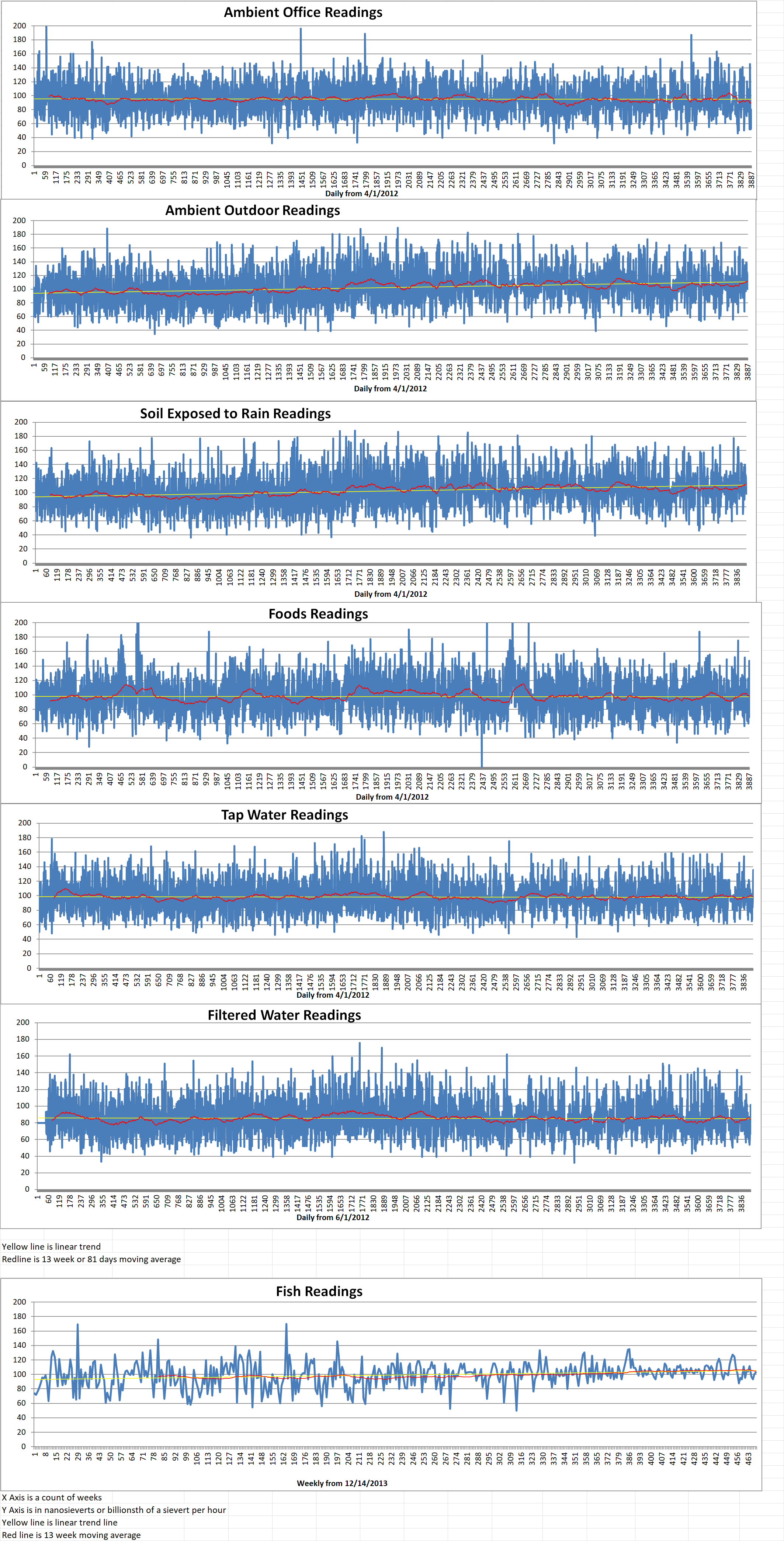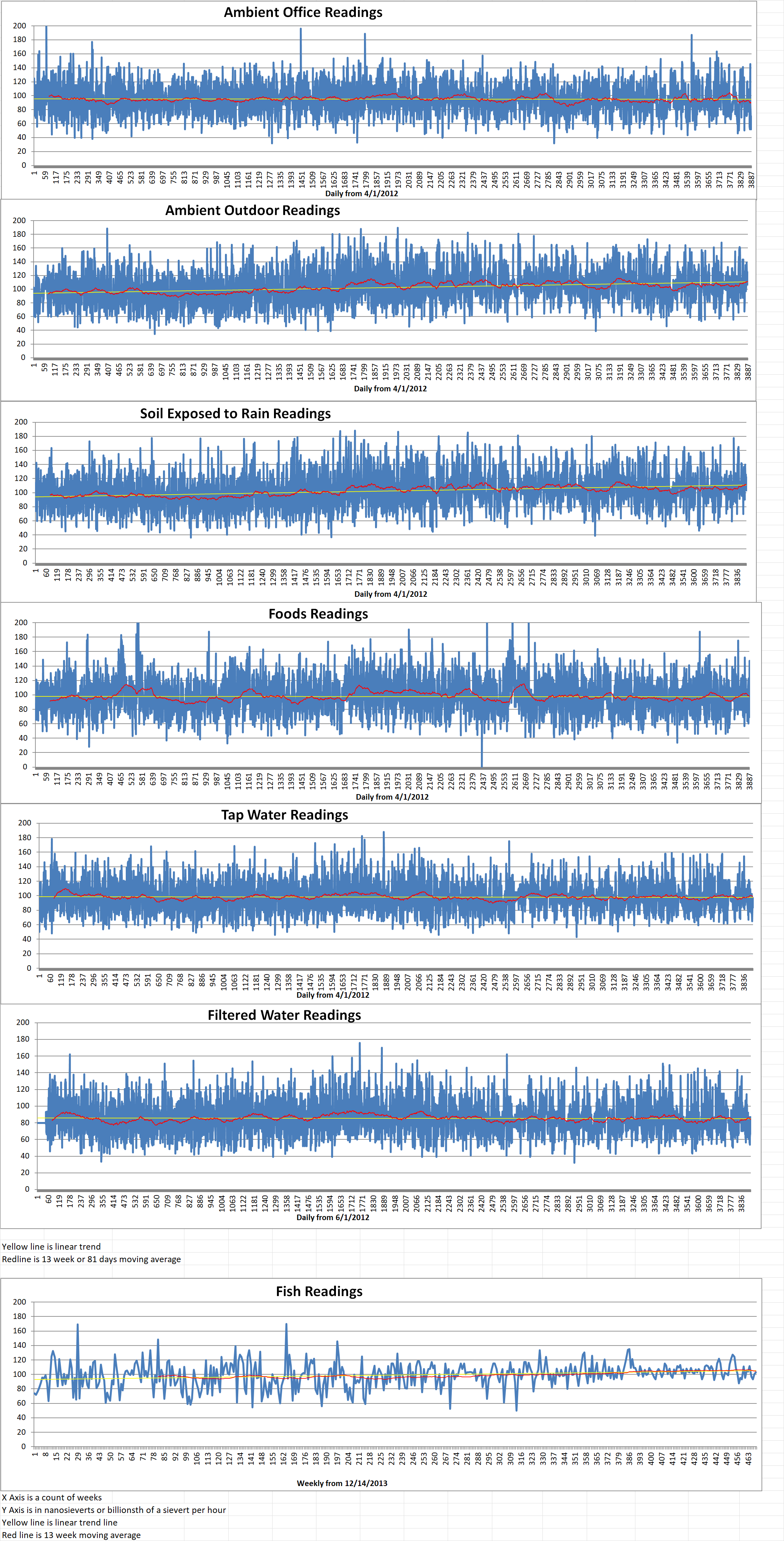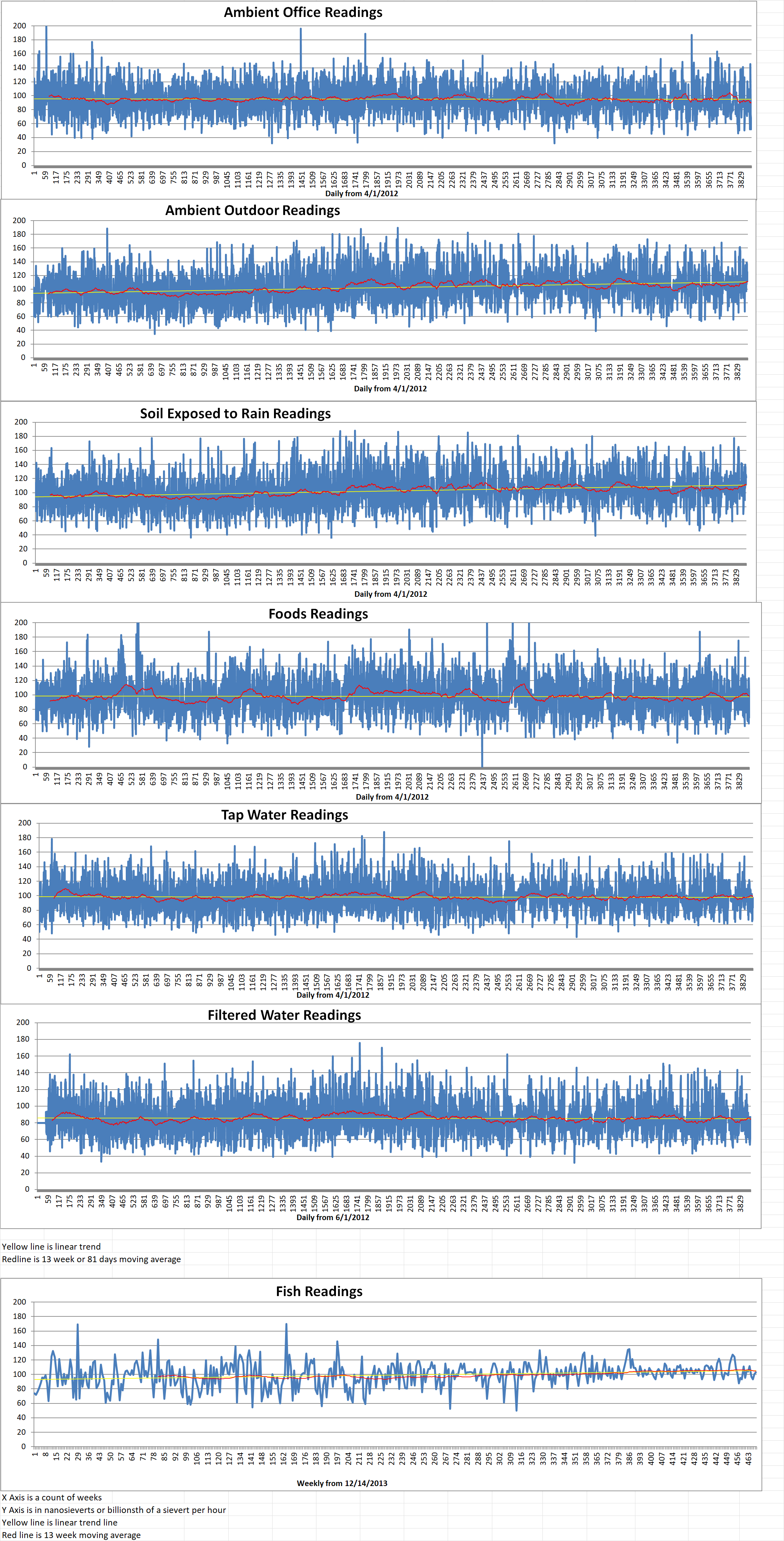Part 2 of 2 Parts (Please read Part 1 first)
The fleeting nature of defects during nuclear experiments explains why scientists have usually captured only a smattering of data points along important lines of measure.
Chen has spent the last two years developing computer vision to track material changes from recorded experiments at IVEM. In one of his projects, he examined one hundred frames per second from videos that were one to two minutes in duration. In another project, Chen extracted one frame per second in videos one to two hours long.
The computer vision utilized in Chen’s research is similar to facial recognition software that can recognize and track people in surveillance footage. It can single out material defects and structural voids. Instead of establishing a library of faces, Chen created a vast, reliable collection of information about temperature resistance, irradiation resilience, microstructural defects and materials lifetimes. This information can be plotted to inform better models and plan better experiments.
Che stresses that a frequently cited benefit of computer-enable work is saving time. However, that is not the only benefit of using artificial intelligence and computer vision at IVEM. With a greater ability to understand and direct experiments that are underway, IVEW users can make on-the-spot adjustments to use their time at IVEW more efficiently and capture important information.
Chen said, “Videos look very nice, and we can learn a lot from them, but too often they get shown one time at a conference and then are not used again. With computer vision, we can actually learn a lot more about observed phenomena and we can convert video of phenomena into more useful data.”
In the new report, Chen and his co-authors from the University of Connecticut (UConn) presented DefectTrack, a MOT that is able to extract complicated defect data in real time as the materials are irradiated. In the study, DefectTrack tracked up to four thousand three hundred and seventy-eight different defect clusters in just one minute. The tests ranged from nineteen to sixty-four milliseconds. The findings were significantly superior to the same work done by human beings. Besides improved speed, computer vision also has increased accuracy.
Rajat Sainju is a UConn co-author and a Ph.D. candidate. He said, “Our statistical evaluations showed that the DefectTrack is more accurate and faster than human experts in analyzing the defect lifetime distribution.”
Yuanyuan Zhu is the UConn assistant professor of materials science and engineer who led the university’s team of co-authors. He said, “We urgently need to speed up our understanding of nuclear materials degradation. Dedicated computer vision models have the potential to revolutionize analysis and help us better understand the nature of nuclear radiation effects.”
Chen is optimistic that computer vision software such as DefectTrack will improve nuclear reactor designs. He said, “Computer vision can provide information that, from a practical standpoint, was unavailable before. It’s exciting that we now have access to so much more raw data of unprecedented statistical significance and consistency.”

